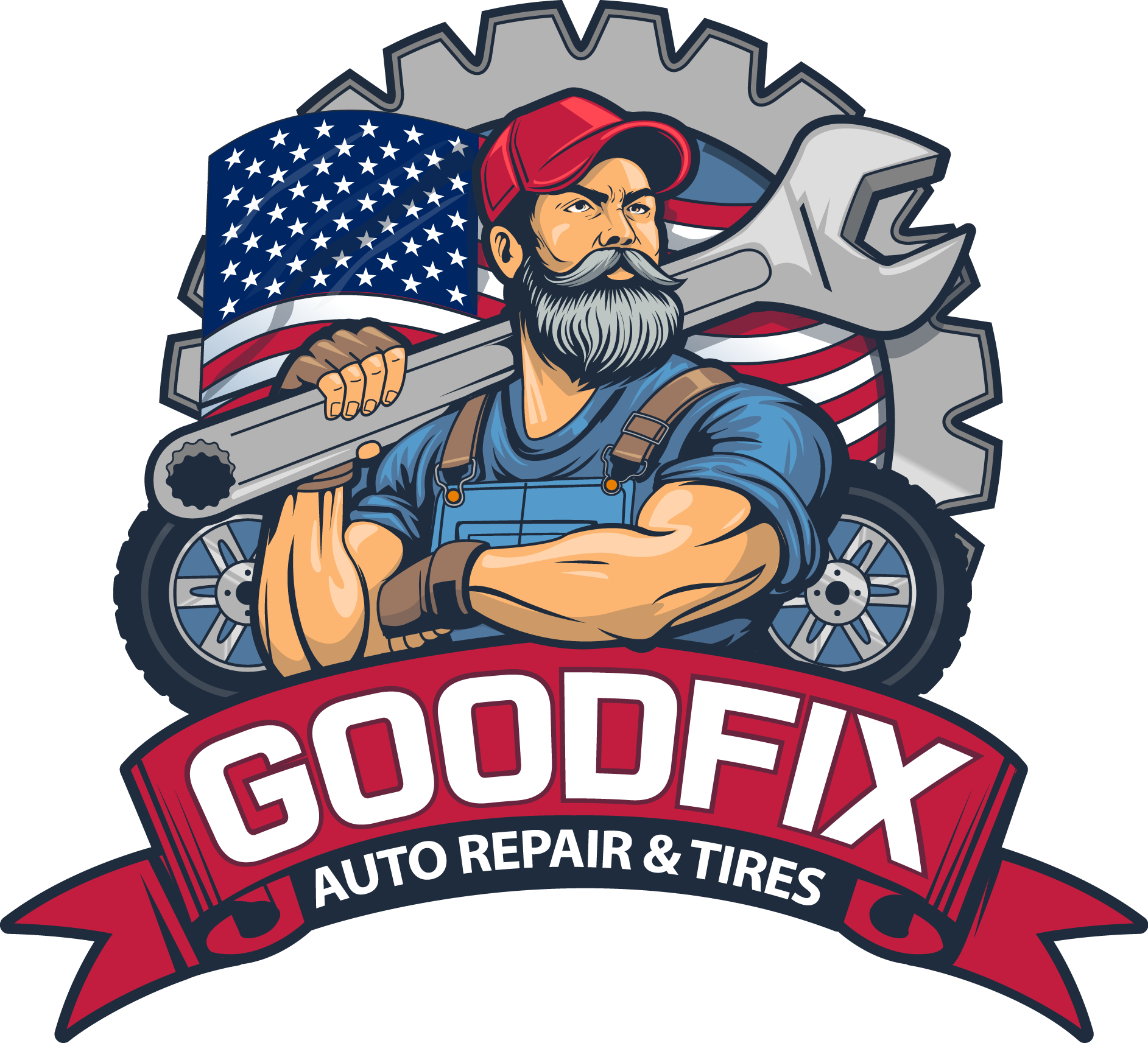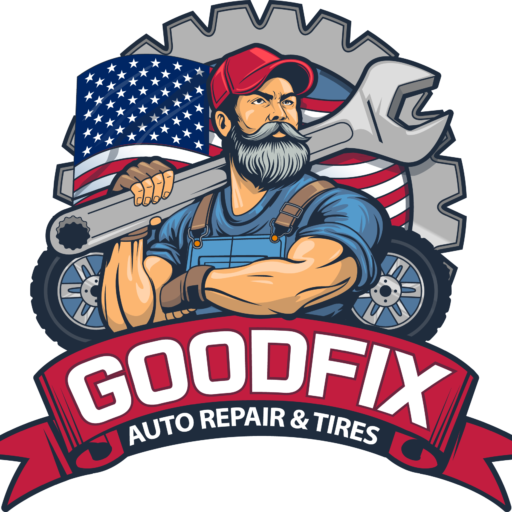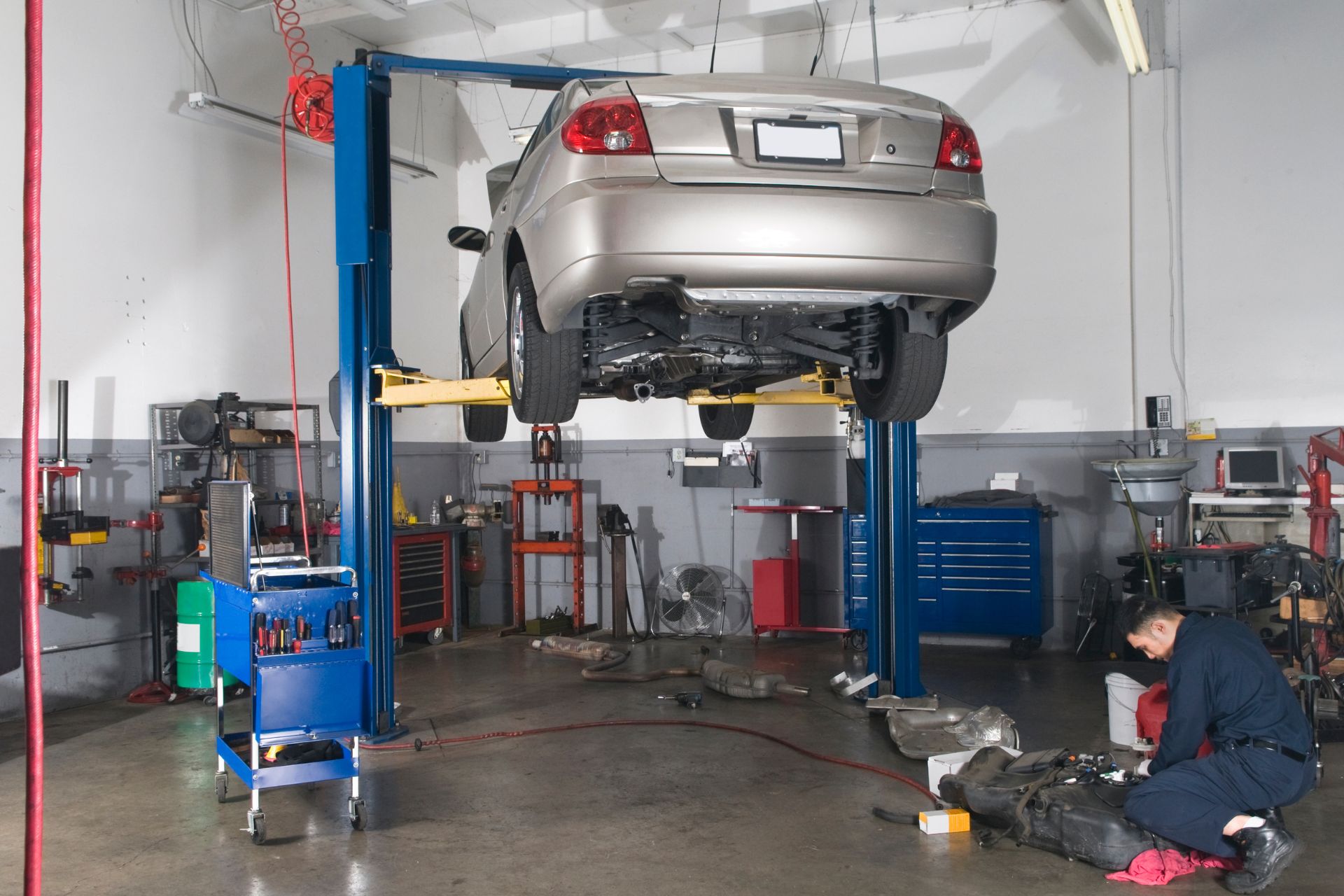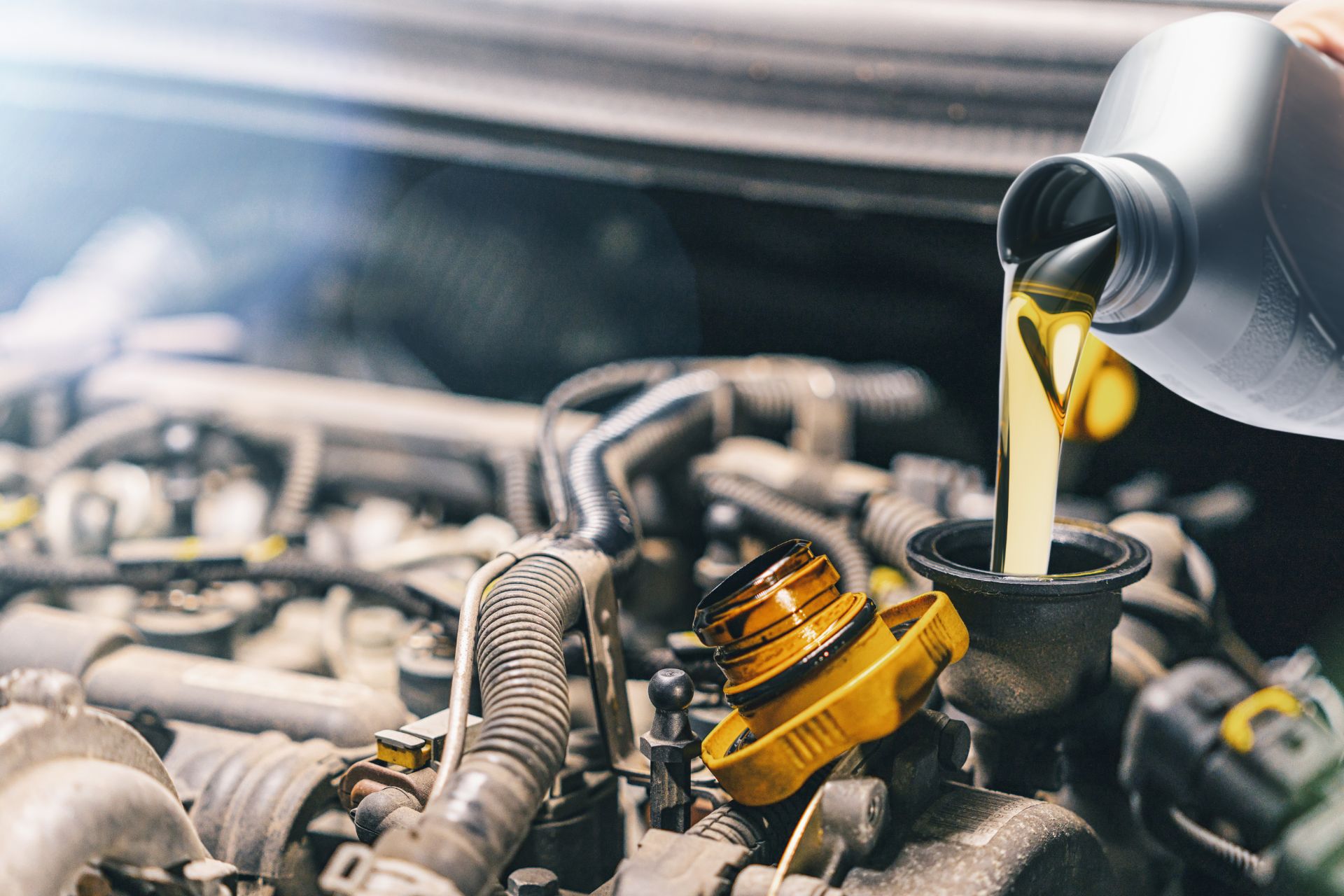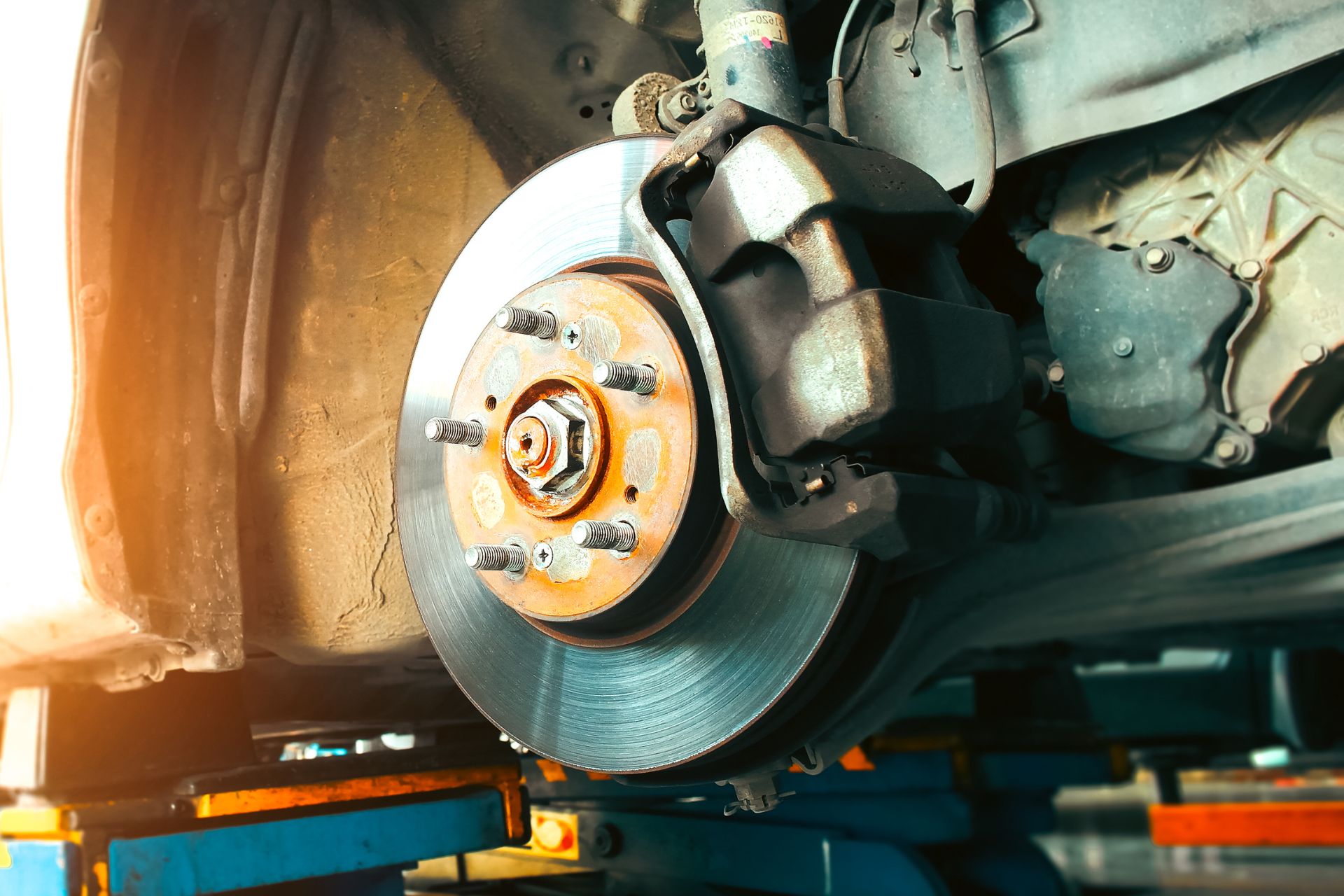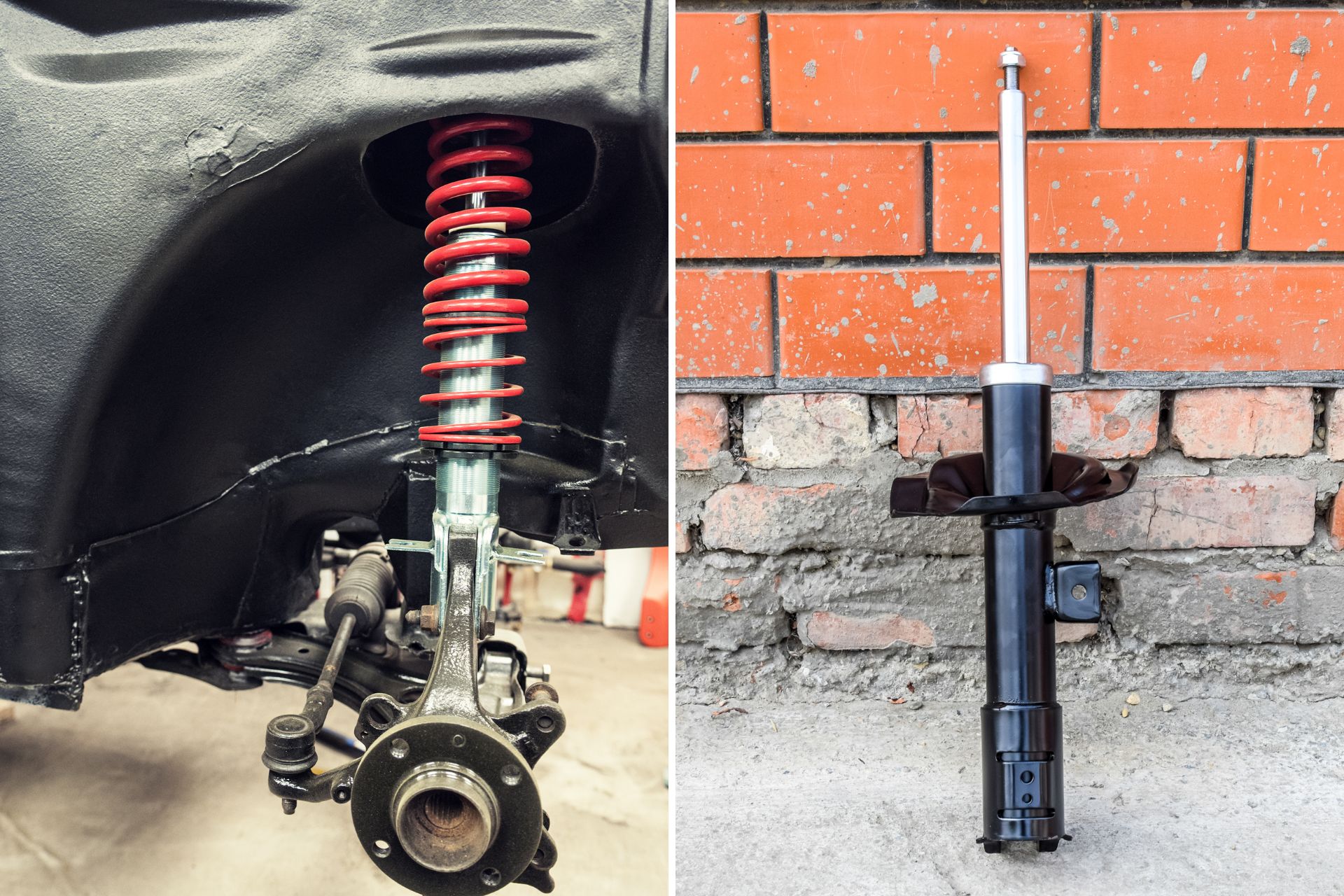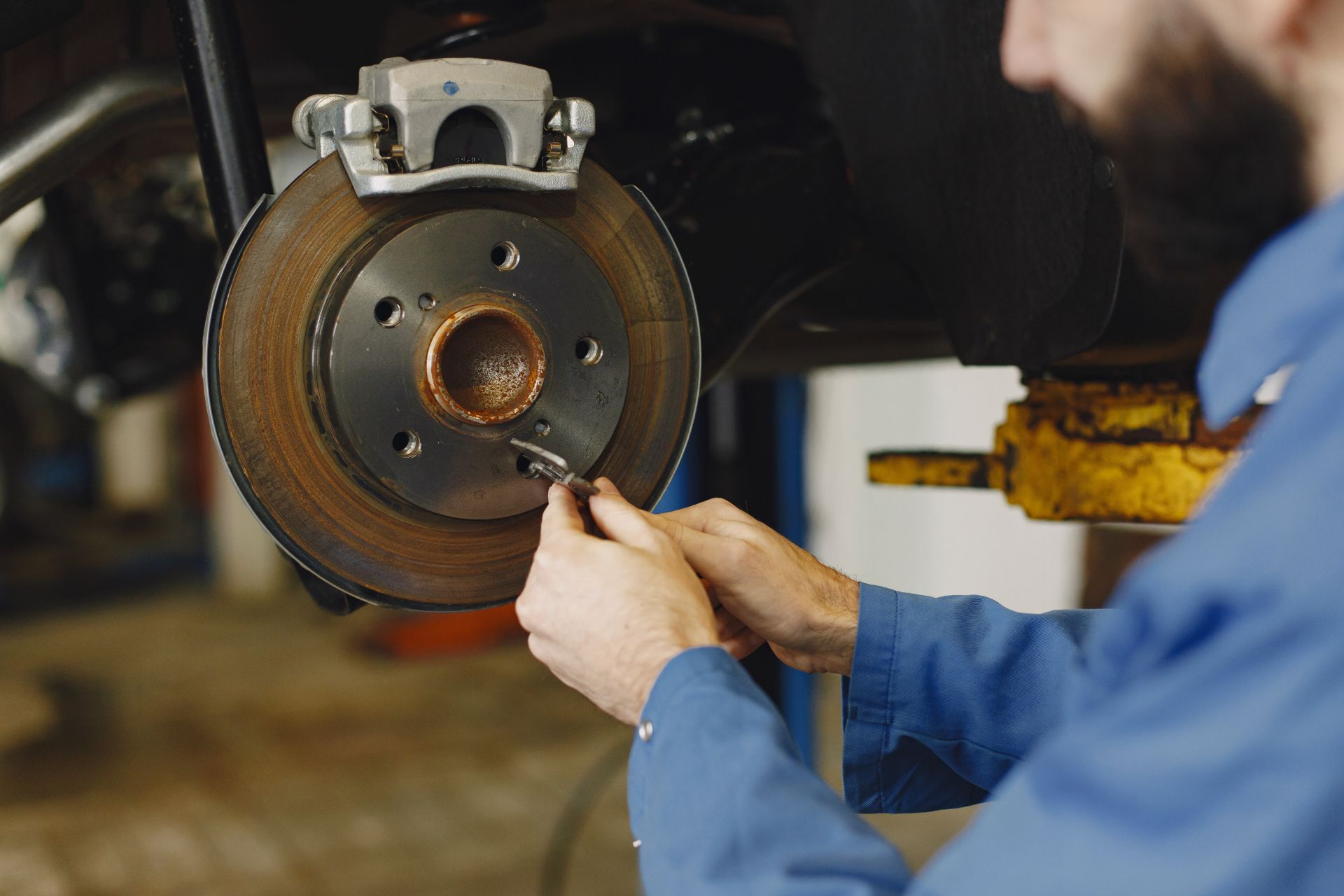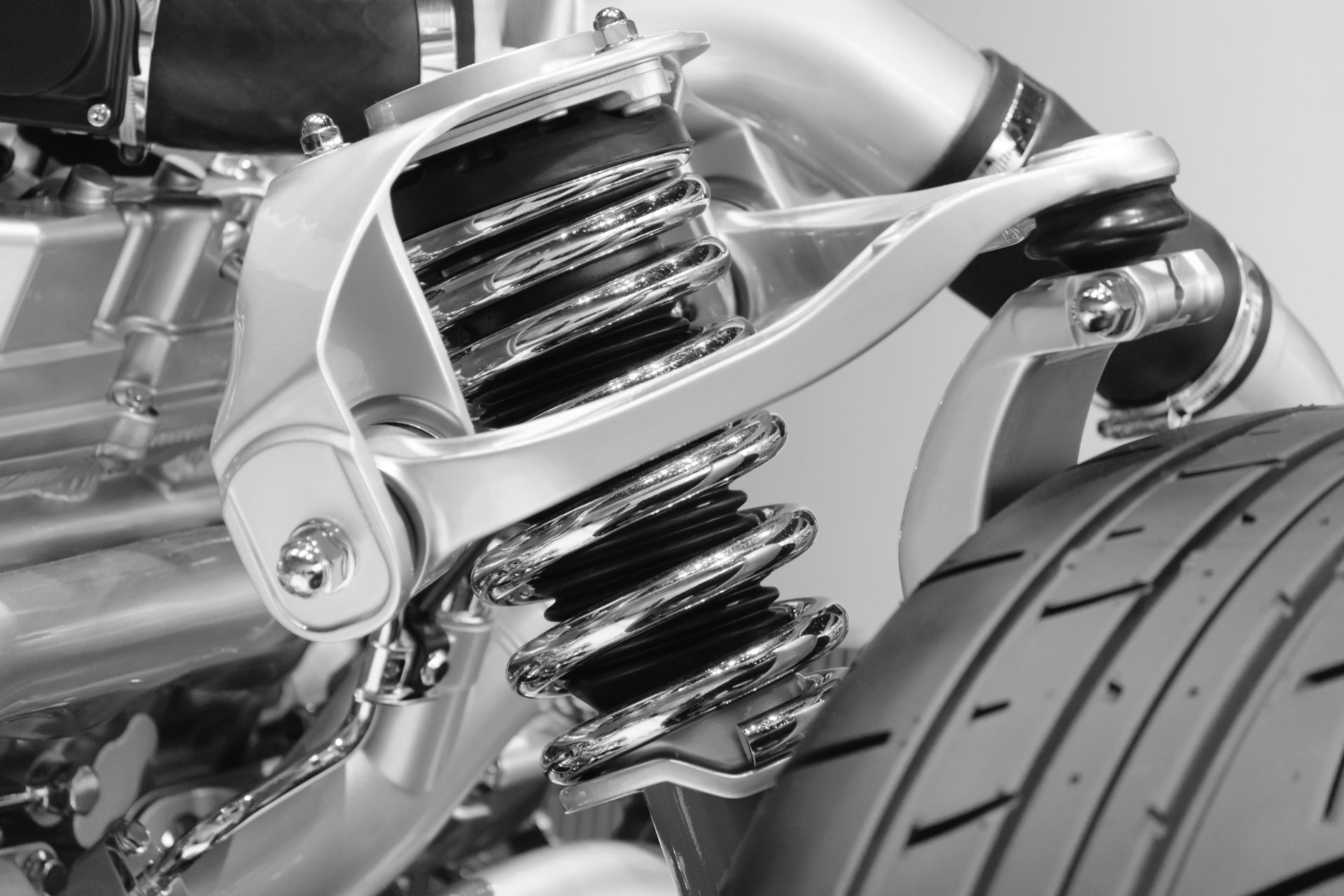Your vehicle is a complex system made up of many moving parts and interconnected systems. Even with consistent upkeep, there are moments when urgent repairs are required to prevent long-term damage. Recognizing the early signs of car trouble can save you time, money, and ensure your safety on the road. In this guide, we’ll explore the most critical warning signs that indicate your car needs professional service and why seeking help from a trusted mechanic shop is the right move.
Unusual Noises Coming from Under the Hood
If your vehicle starts making odd sounds, that’s usually its way of asking for help. The engine, being the heart of your car, should operate smoothly and quietly. But if you start hearing knocking, ticking, or rattling, it’s time to take action.
Knocking noises can suggest internal engine issues such as worn bearings or damaged pistons. Ticking may indicate low oil pressure or faulty valve lifters. Meanwhile, rattling often points to problems with the timing chain or loose components within the engine bay.
Ignoring these sounds can result in significant engine damage, sometimes even requiring a full engine replacement. Acting quickly by bringing your car to a skilled technician can prevent a small issue from escalating into a costly nightmare.
Steering Feels Off or Difficult to Control
Any noticeable difficulty in handling your vehicle should never be ignored. If your steering feels stiff, unresponsive, or if your car pulls to one side, this might indicate power steering problems, suspension issues, or misaligned wheels.
Several components play a role in smooth steering — the power steering pump, steering rack, and wheel alignment all contribute to your ability to control the car effectively. Faulty suspension parts like worn shocks and struts, can also make your ride feel bumpy or unstable.
These symptoms not only reduce your driving comfort but can also compromise your safety. Visiting a qualified technician promptly can help diagnose the issue before it affects your ability to drive confidently.
Dashboard Warning Lights Illuminate
Modern cars come equipped with a digital system that alerts drivers to internal issues. While it might be tempting to ignore a dashboard light, especially if the car still seems to run fine, these indicators often reveal problems that could get worse if not addressed quickly.
A flashing check engine light, for instance, might point to an engine misfire, which can cause further damage to the catalytic converter. An illuminated oil pressure light suggests insufficient lubrication, which could severely damage your engine. A brake warning light may signal low brake fluid or worn brake pads.
Rather than guessing what’s wrong, a trip to a professional service center allows technicians to run diagnostic tools that read fault codes and pinpoint the problem efficiently.
Vibrations While Driving or Uneven Tire Wear
Have you ever felt your steering wheel shake while driving at certain speeds? Or noticed that your tires are wearing out faster on one side than the other? These are common signs of alignment or suspension issues that need immediate evaluation.
Vibrations can result from unbalanced tires, bent wheels, or worn suspension parts. Uneven tire wear often means your wheels are misaligned or your suspension isn’t distributing weight properly. Ignoring these signs can not only lead to more frequent tire replacements but also reduce fuel efficiency and increase your risk of accidents.
Routine inspections and services like tire balancing and wheel alignment at a reputable auto repair center can prevent more expensive repairs down the road.
Strange Smells While Driving
Your sense of smell can also provide important clues about what’s going on with your car. If you notice any strong or unusual odors, it’s important not to dismiss them.
A burning smell may be a sign of overheated brakes or clutch issues. If you detect a scent that resembles syrup, you might have a coolant leak. A smell similar to rotten eggs often points to problems with the catalytic converter or emissions system.
Each of these smells represents a different potential hazard. Consulting a professional technician can help locate and repair the issue before it worsens or causes damage to other parts of your vehicle.
Fluid Leaks Beneath the Car
Spots or puddles beneath your parked car should never be ignored. Different fluids have different colors and consistencies. For example, bright green or orange fluid likely indicates a coolant leak, while reddish fluid suggests a transmission or power steering problem. Dark brown or black fluid could be motor oil.
All fluid leaks point to a system under stress or failure. Left untreated, these leaks can lead to overheating, loss of power steering, or serious engine damage. A visit to a full-service mechanic shop will allow for a comprehensive check to identify where the leak is coming from and fix it efficiently.
Poor Fuel Efficiency
If you’re filling your gas tank more often than usual and haven’t changed your driving habits, your vehicle may be suffering from an internal problem that’s affecting its fuel efficiency. Dirty fuel injectors, a clogged air filter, malfunctioning oxygen sensors, or even low tire pressure can all contribute to this issue.
Not only is poor fuel efficiency costly, but it also usually signals that your car’s systems aren’t working optimally. Getting a diagnostic inspection at an automotive service center will help locate the source of the problem and restore your vehicle’s performance.
Trouble Starting the Engine
A healthy car should start reliably every time. If your engine struggles to start, makes repeated clicking sounds, or refuses to turn over entirely, the problem could stem from a weak battery, faulty starter motor, or even a failing ignition switch.
Occasional difficulties can turn into a full breakdown if not addressed early. A certified mechanic can run a battery and electrical system test to quickly diagnose what’s going wrong and fix the issue before you’re left stranded.
Delayed Braking Response
One of the most important safety features in your car is the braking system. If you notice it takes longer to stop than it used to, or if the brakes feel soft, spongy, or make unusual noises like grinding or squealing, don’t wait — this is a red flag.
Worn brake pads, leaking brake fluid, or damaged rotors can all contribute to reduced braking performance. Brake system failures can be catastrophic, especially in emergency situations. That’s why prompt service at a certified repair facility is essential for your safety.
Why Immediate Attention Matters
Delaying service when you notice any of these warning signs can lead to higher repair bills and even compromise your safety. Problems that begin small — like a worn belt or low fluid level — can quickly snowball into major failures affecting the entire engine, transmission, or braking system.
By bringing your vehicle in for inspection and repair early, you allow a trained technician to assess the situation and prevent further damage. Regular checkups and prompt attention to issues not only extend the life of your car but also provide peace of mind every time you hit the road.
Trust the Professionals for Quality Auto Service
Cars today are more sophisticated than ever, featuring onboard computers and intricate systems that require skilled hands and modern tools. A trusted auto service provider will have the knowledge, training, and diagnostic equipment to identify and fix problems efficiently and accurately.
Whether you need engine diagnostics, brake service, wheel alignment, or suspension work, choosing a reliable mechanic with a solid reputation ensures your car receives top-notch care.
Keep Your Vehicle Running Smoothly with GoodFix Auto
If you’re experiencing any of these warning signs, don’t take chances with your safety or your wallet. At GoodFix Auto, we offer expert diagnostics and repairs for drivers across Dallas and the DFW Metroplex. Our skilled team is committed to keeping your vehicle in peak condition. Contact us today to book your service appointment and experience the GoodFix difference.
